Travel Guide To Hangzhou: A 3-Day Itinerary To The Most Beautiful City In China
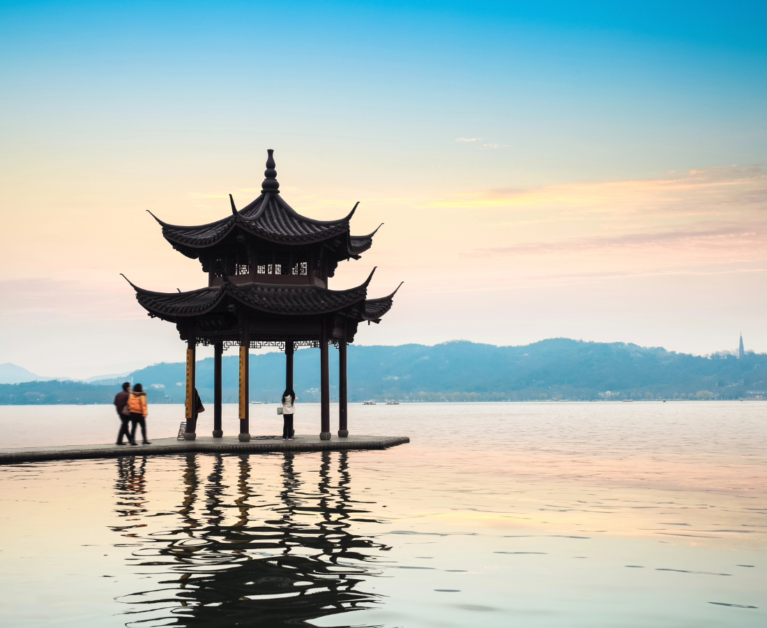
PUBLISHED April 25th, 2024 06:00 am | UPDATED May 5th, 2024 04:51 pm
East of China’s famed Yangtze River is the modern city of Hangzhou, a place that blends history and ancient charm with modern-day vibrancy. Once an important capital of the Southern Song Dynasty, Hangzhou was instrumental in the growth of trade, making it one of the key areas for silk and tea production. Today, as the modern-day capital of Zhejiang Province, Hangzhou’s stunning landscapes and rich history and culture draw visitors from near and far.
Known to locals as the “Most beautiful city in China “, it’s a popular travel destination even for the locals. The best time to visit is Spring – April to June, and Autumn – September to November, when temperatures are cool and the skies are clear, making it perfect for exploring the city. Just an hour by high-speed rail from Shanghai, you can consider day trips to Hangzhou when visiting the metropolitan city or embark on an exploration of Southeastern China with visits to Hangzhou, Yiwu, Suzhou, and more.
Follow our travel guide to Hangzhou to uncover the unique experiences this city has to offer.
Getting To Hangzhou from Singapore
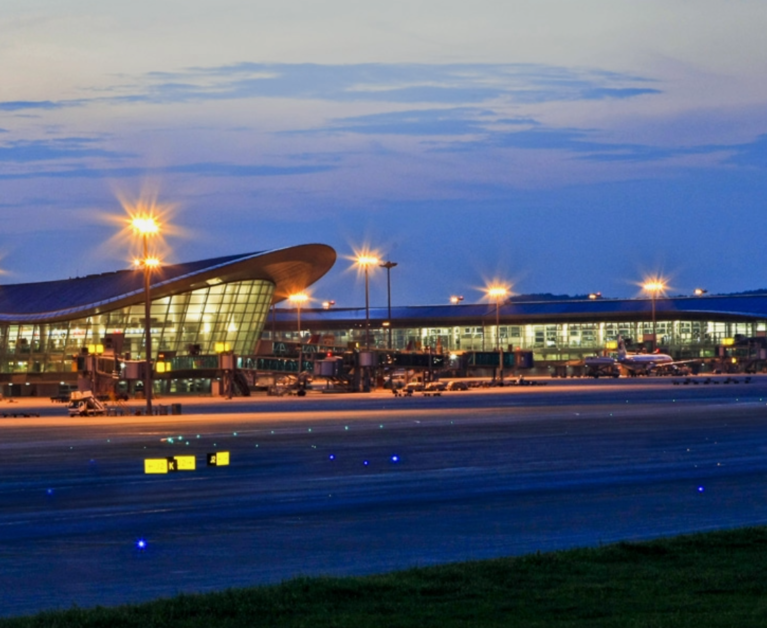
Travelling from Singapore to Hangzhou is a breeze, thanks to direct flights on Scoot, Singapore Airlines, and Xiamen Air, which will take you to Hangzhou Xiaoshan International Airport in approximately five hours. Other airlines may include a stopover in Hong Kong, extending the travel time to about nine hours or more.
Getting Around Hangzhou
The city boasts an efficient transportation network, with a well-connected Metro system, extensive bus routes, taxis, and a public bicycle-sharing program, making it convenient to travel from place to place. Instead of Google Maps, use Apple Maps or Baidu Map to guide your travels. To book a cab, download WeChat and use the Didi Chuxing app from there. And if you prefer to navigate the city by driving, you’ll need to hire a driver as rental cars require a valid Chinese driving license. International driving permits are not recognized.
Top Food to Eat in Hangzhou

As one of the eight major schools of Chinese cuisine, Hangzhou cuisine is well-loved for its light and fresh flavours. Some signature Hangzhou dishes include the Sweet and Sour West Lake Fish, Longjing tea-infused shrimp, and the succulent Dongpo Pork braised in Shaoxing wine. Other dishes to try include Sister Song’s Fish Broth, a thick and hearty traditional fish soup, and the Beggars’ Chicken wrapped in lotus leaves. Don’t miss popular snacks like the Dingshenggao or Victory Cake, a sweet glutinous rice cake, or the Wushan Crisp Cake, which is said to be the Emperor’s snack.
Day 1: Explore Culture and Art

Your Hangzhou tour begins with the star of the city, West Lake. More than just a UNESCO World Heritage site, West Lake is famed for its beauty. Since the 9th century, the West Lake Cultural Landscape, the lake and its surrounding hills have been a muse for poets, scholars, and artists. Three causeways divide this freshwater lake into five sections; with temples, pagodas, pavilions, and lush gardens all around, this stunning scene is best enjoyed with a 45-minute leisurely cruise. Marvel at the Three Ponds Mirroring the Moon before embarking on scenic strolls along the lakeside. Otherwise, hop on the West Lake Sightseeing Tourist Car that’ll bring you around the 3.2km wide lake. If you are a fan of Chinese mythology, head south to visit the Leifeng Pagoda, an essential part of the love story in the Legend of the White Snake.
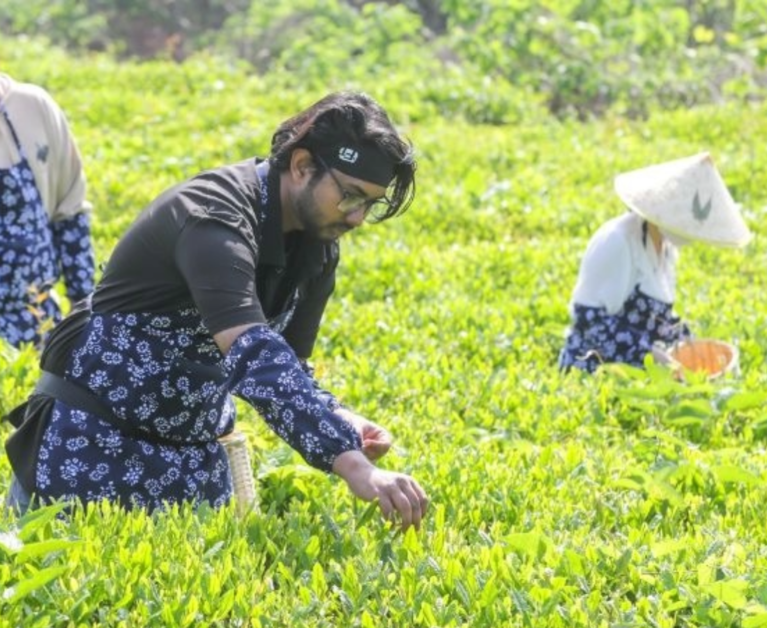
Venture uphill to Meijiawu Tea Village, the renowned Longjing Tea production site, and delve into Chinese tea culture. Experience tea-picking and traditional tea ceremonies as you learn all about the tea varieties, their history and production at the China National Tea Museum.
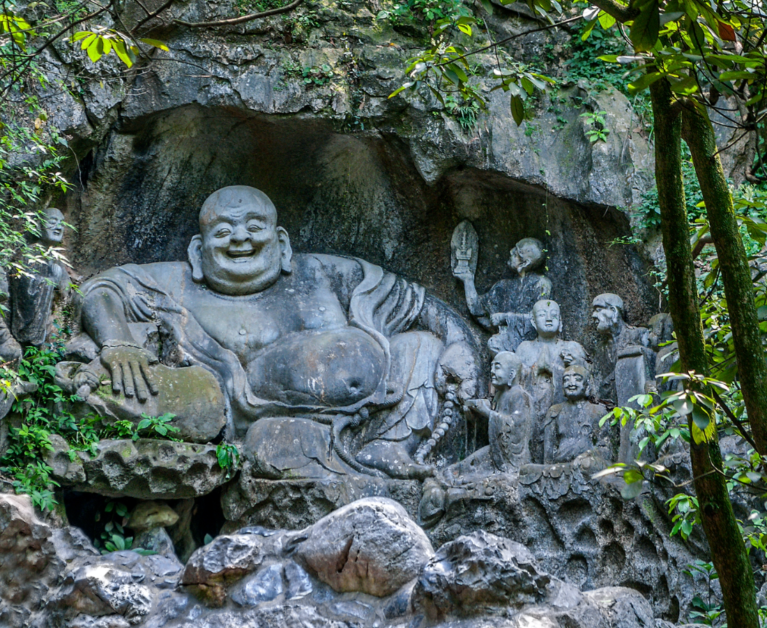
Continue your journey to the “Peak flown from afar” – the Feilai Peak. The limestone mountain was so distinct that a monk from more than a thousand years ago believed the peak had flown over from India. Its natural stone formations resemble creatures like a flying dragon and a crouching tiger, drawing visitors from near and far. Deep within the caves sit over 300 Buddha statues, carved from as early as the 10th century, making it the perfect site for the China Grotto Art Garden, home of Chinese classical rock carvings. Stroll to the nearby Lingyin Temple, nestled in a verdant forest, showcasing over 1,700 years of history and architectural grandeur.
Built over an ancient kiln, the Southern Song Official Kiln Museum houses chinaware and ceramic treasures from past dynasties. After admiring the delicate pieces in the exhibition hall, walk up all 40 meters of the restored and protected Dragon Kiln from the Song Dynasty. If you like, you can try making ceramics at the pottery bar using traditional methods.
Day 2: Dive into History and Nature
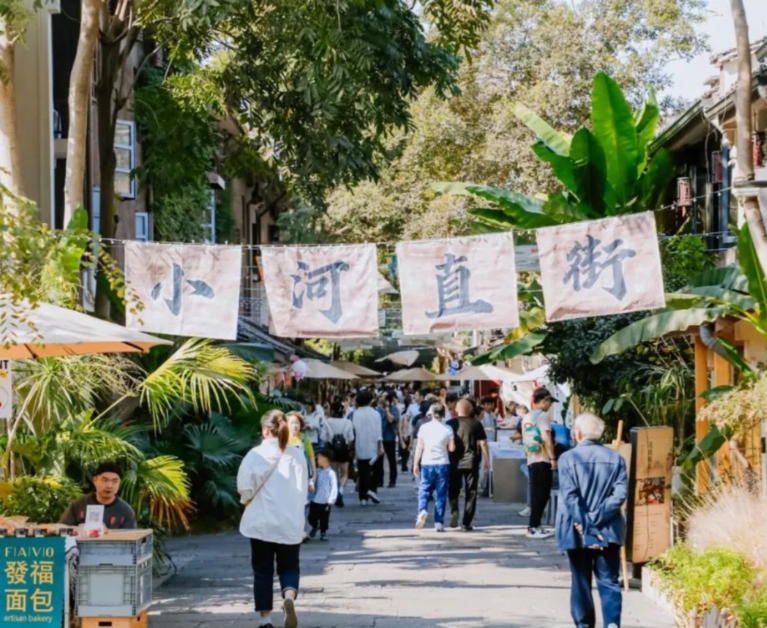
Relive history at Xiaohe Straight Street Historical And Cultural Block, where the once bustling wharf is now home to quaint shops, cafes, and traditional residences. Rent a Hanfu (traditional Chinese clothing) and immerse yourself in the nostalgic charm as you meander through the historical landmarks and waterways.
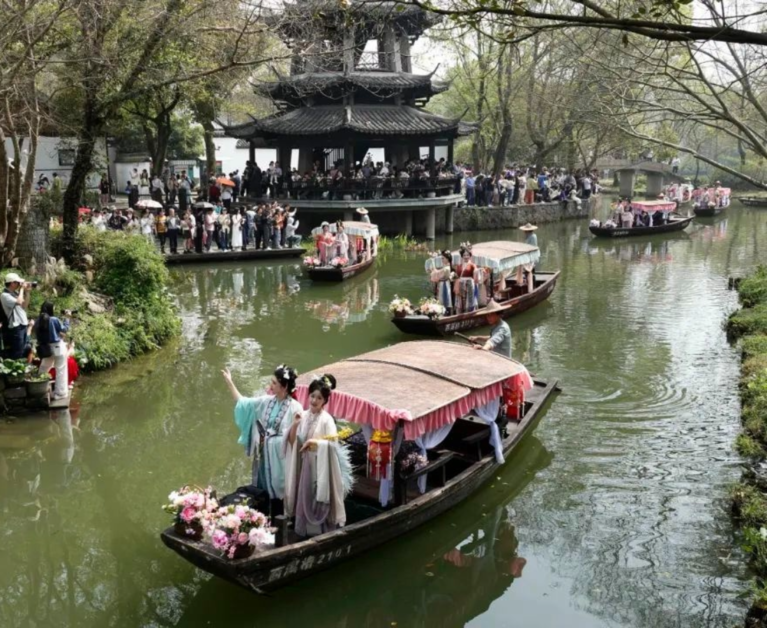
To mark the coming of Spring, females gather at the Xixi National Wetland Park in their Hanfu to view the vibrant blooms of plum blossoms. Known as the sister of West Lake, the last remaining traditional water town boasts over 20,000 plum trees of diverse species, transforming the park into a sea of pink in Spring. Stroll through Zhoujia Village and the scenic walking trails or glide along the tranquil waters. With such breathtaking views, it’s no wonder this is a popular spot for Hanfu photo taking.
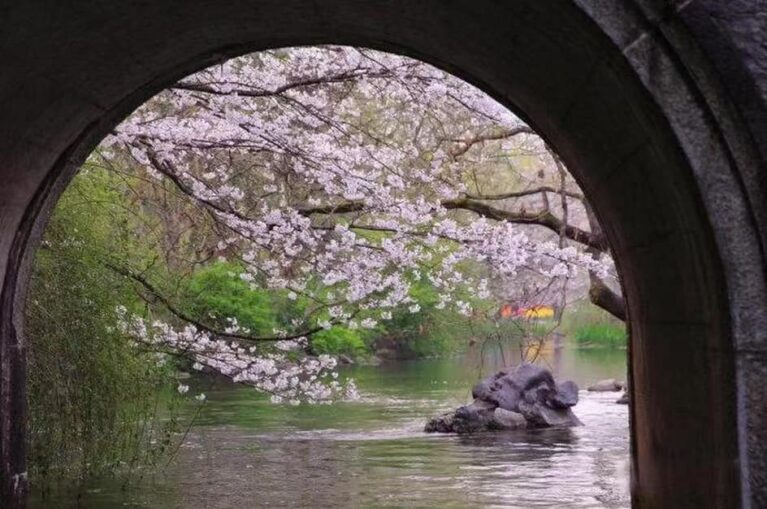
Another popular spot for photo taking is Taiziwan Park (Prince Bay Park). The park got its name from legend dating back to the Southern Song Dynasty, where two princes were laid to rest in this calm and serene park. Today, the park is very much associated with romance, with couples exchanging vows amidst the picturesque bridges and pavilions that adorn the landscape. Besides a church and mill, the park is also known for its annual Tulip exhibition, held from late March to late April, showcasing the vibrant beauty of Tulips.

Have fun with history at Song Cheng, a Song Dynasty Theme Park. Nestled between Wuyun Mountain and West Lake. Hangzhou’s largest theme park offers a dynamic blend of performances like the holographic show that brings the Legend of the White Snake to life, as well as mind-bending attractions like the Haunted House and The Mysterious Street. Don’t miss the Song Cheng Eternal Love performance, a light, sound, music, and dance extravaganza known as one of the world’s three famous shows.
Day 3: Shop Till You Drop
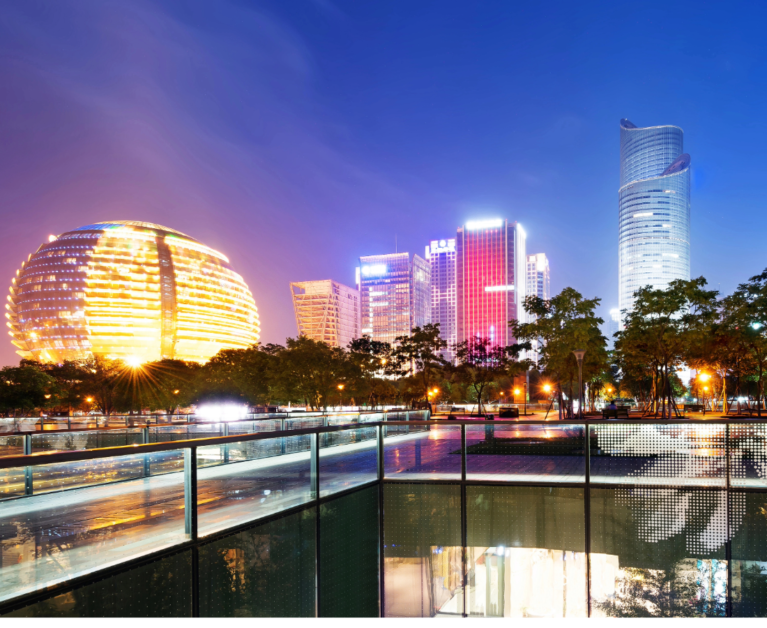
Besides shopping malls like Raffles City, Aeon, and the century-old Jie Bai department store, step into the old-world charm of Hefang Street and discover local snacks, crafts, traditional Chinese medicine shops, and more. As the only well-preserved street in Hangzhou, it boasts rows of time-honoured stores peddling silk, fans, tea, scissors, umbrellas, tobacco, and more. Take a break from shopping with live entertainment, such as traditional puppet shows and stone sculpting, or visit the art, copper, or ceramic museums for a dose of culture.

Shop for clothes at Wulin Road Fashion Street, the city’s most vibrant shopping district. This trendy 1650-metre-long street is best known for its outdoor runway, which showcases local and international brands. From clothes to beauty and fitness centres, the dynamic street caters to every aspect of women’s fashion—a must-visit for all shopaholics!
When the night falls, head over to the Wushan Lu Night Market, just seven minutes away by car (note: it is not at Wushan Road; it’s at the intersection of Huixing Road and Renhe Road). The oldest night market in Hangzhou is a treasure trove of fashion, accessories, crafts, and more. But you’ll need to put your haggling skills to the test here. Feeling peckish after all that shopping? Fill up with local snacks and street food.
Top Image: Courtesy of Deposit Photos.

